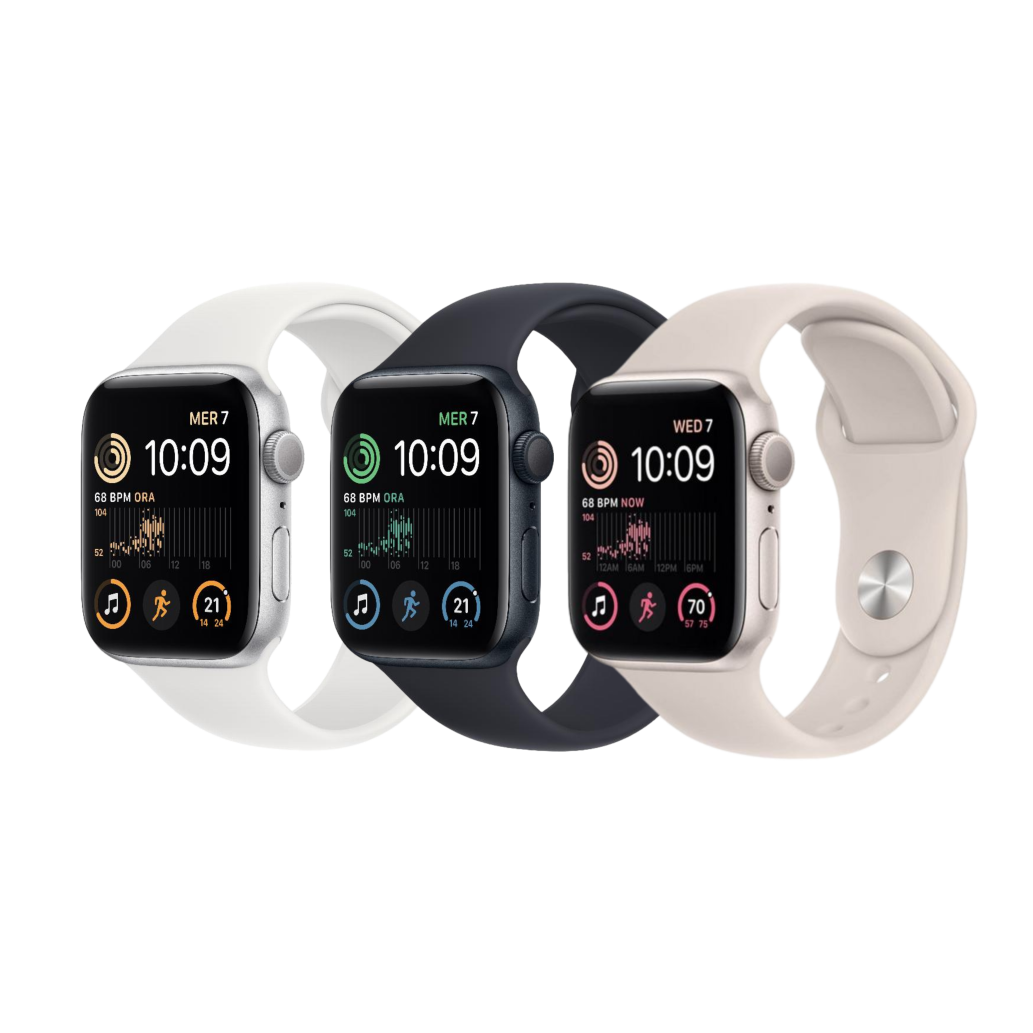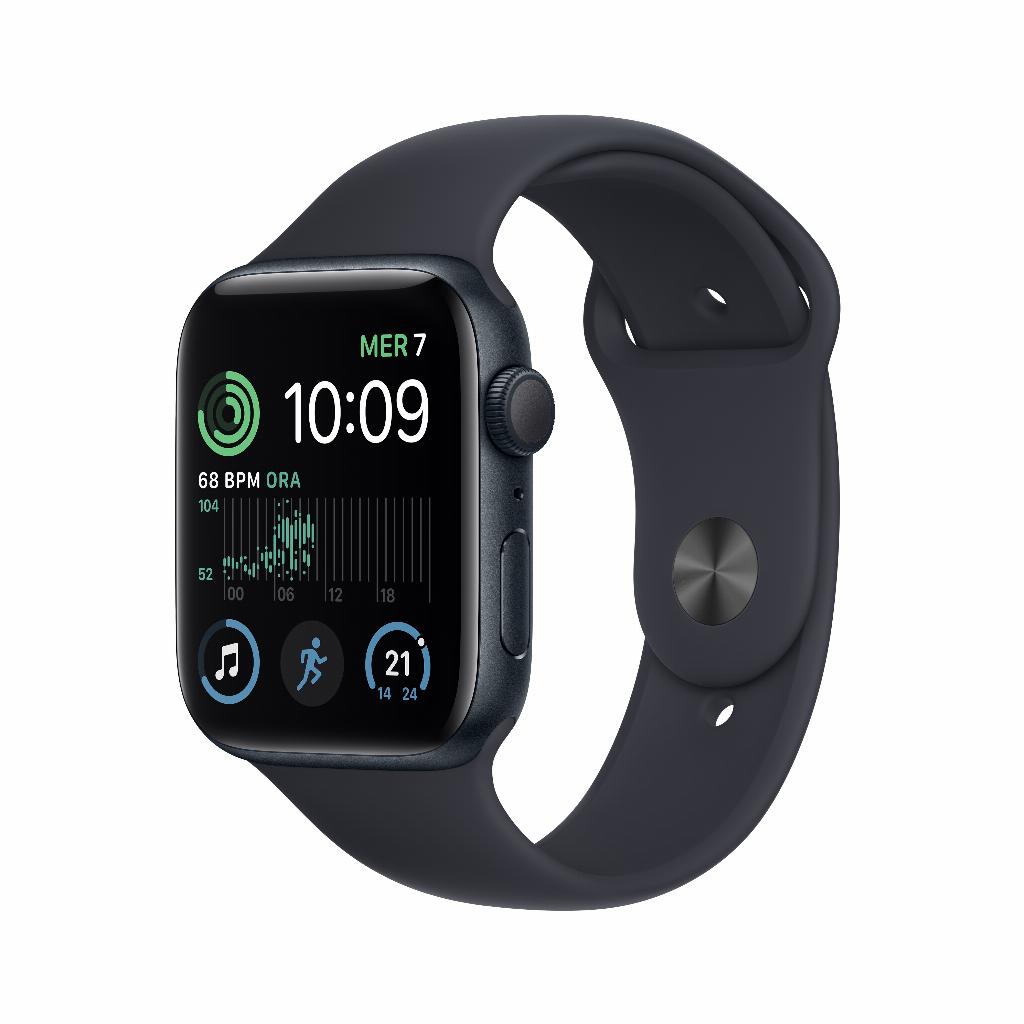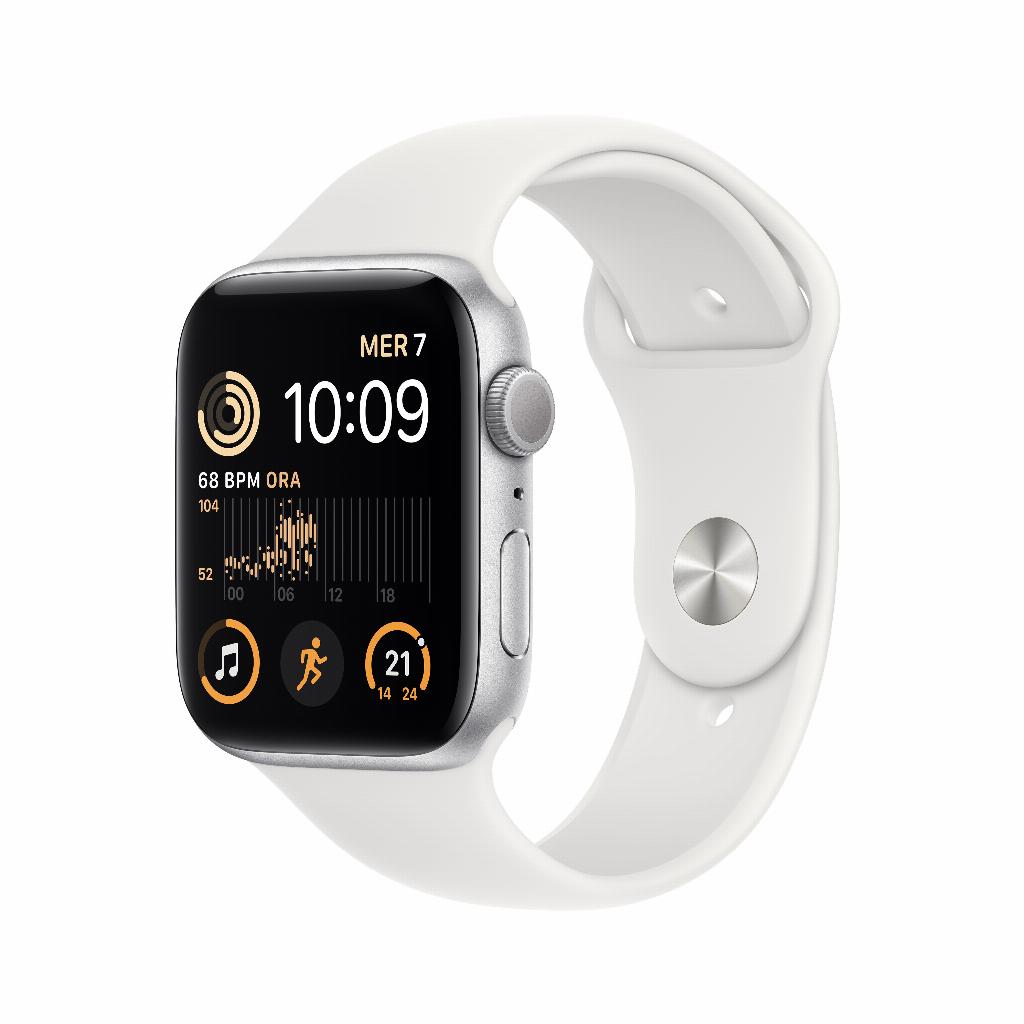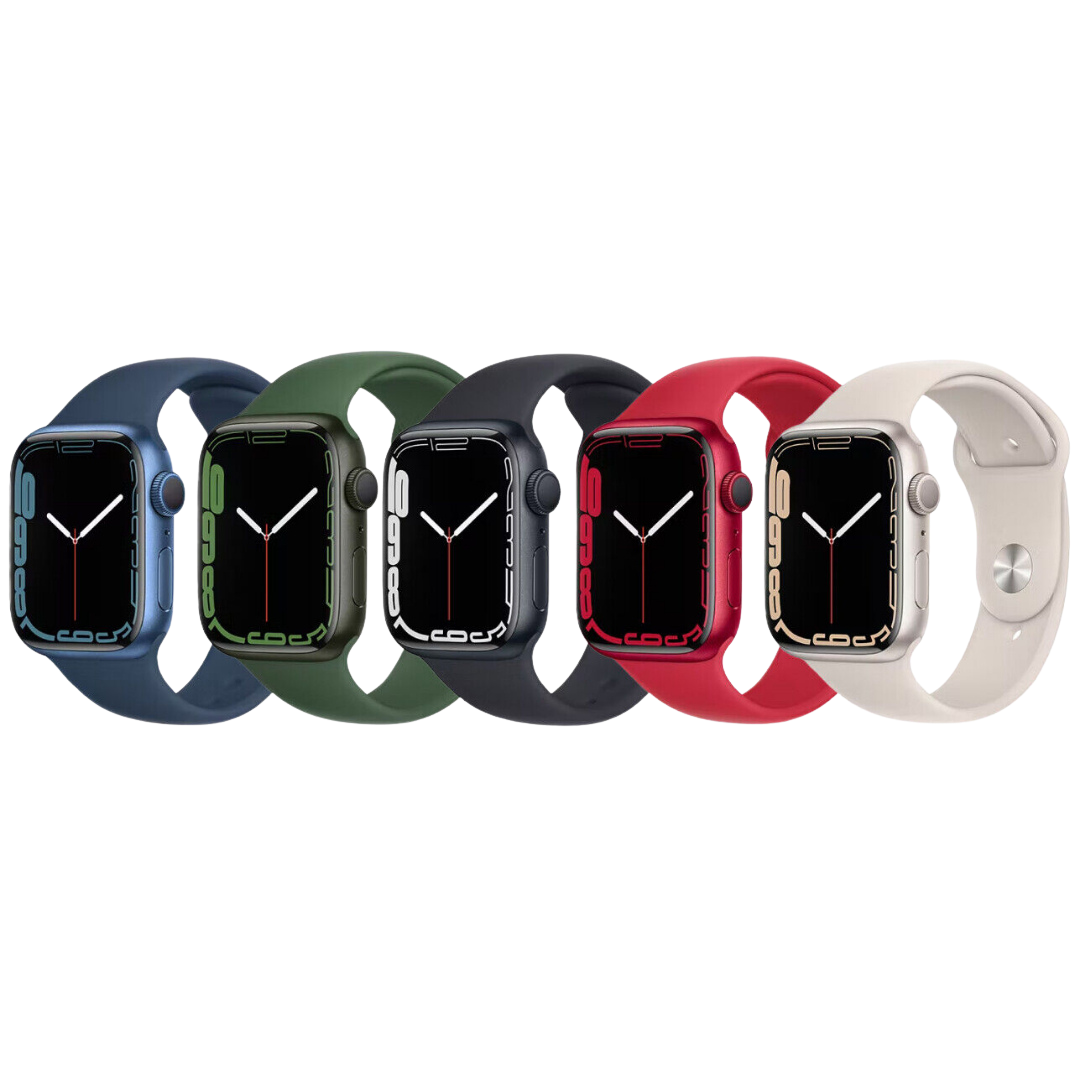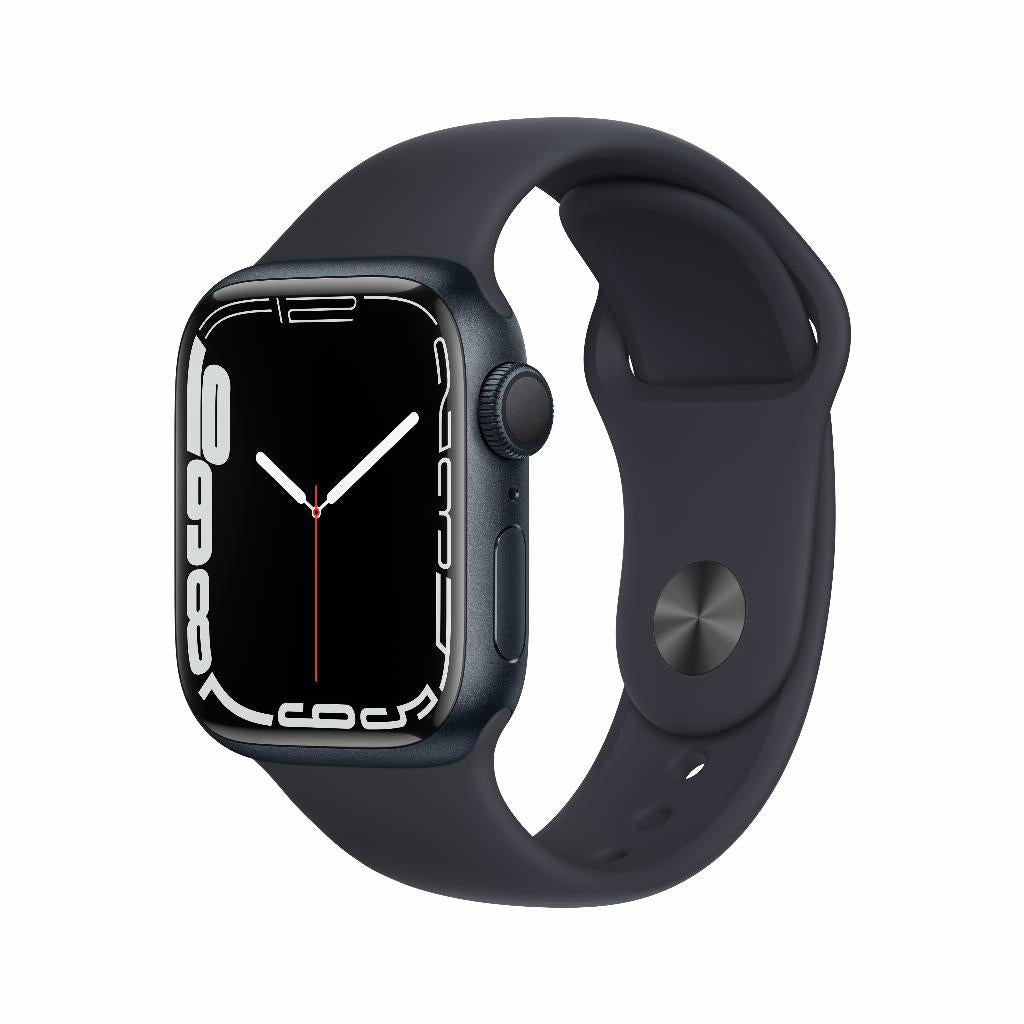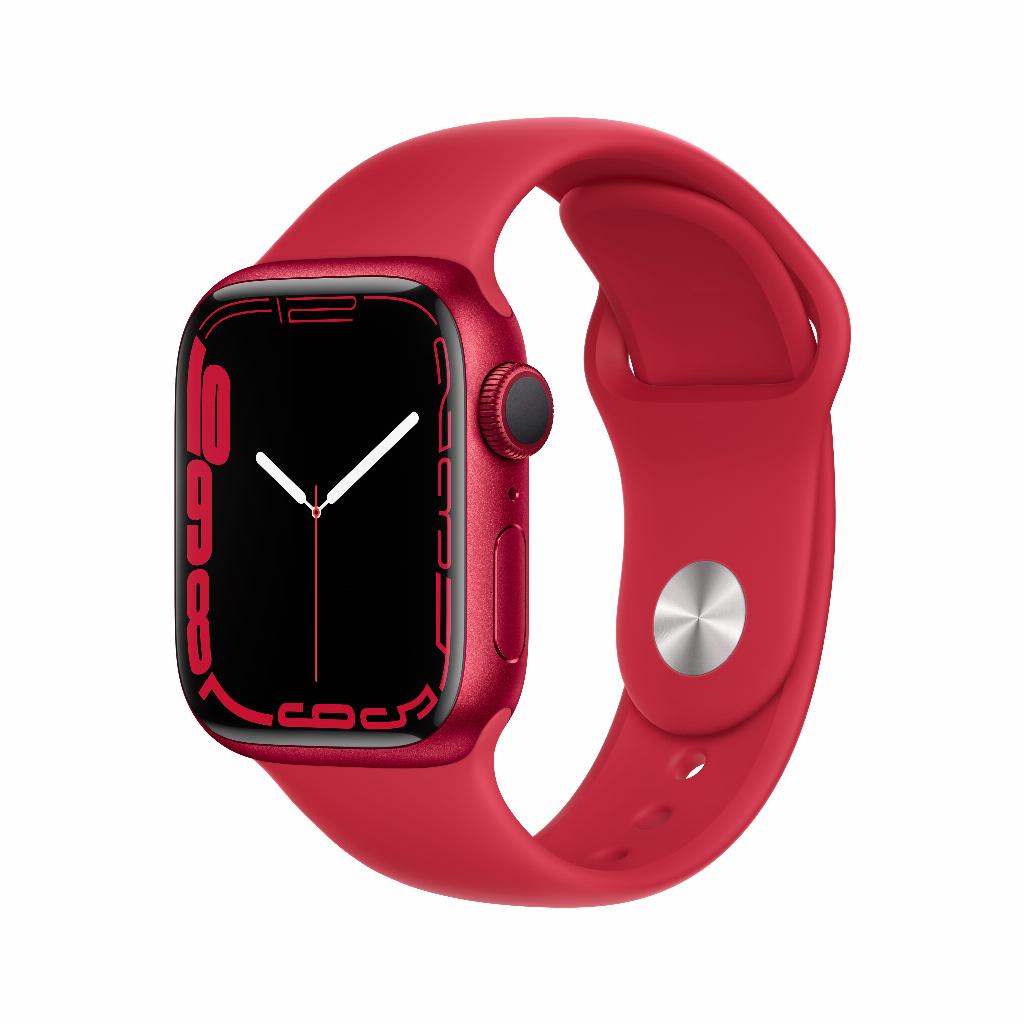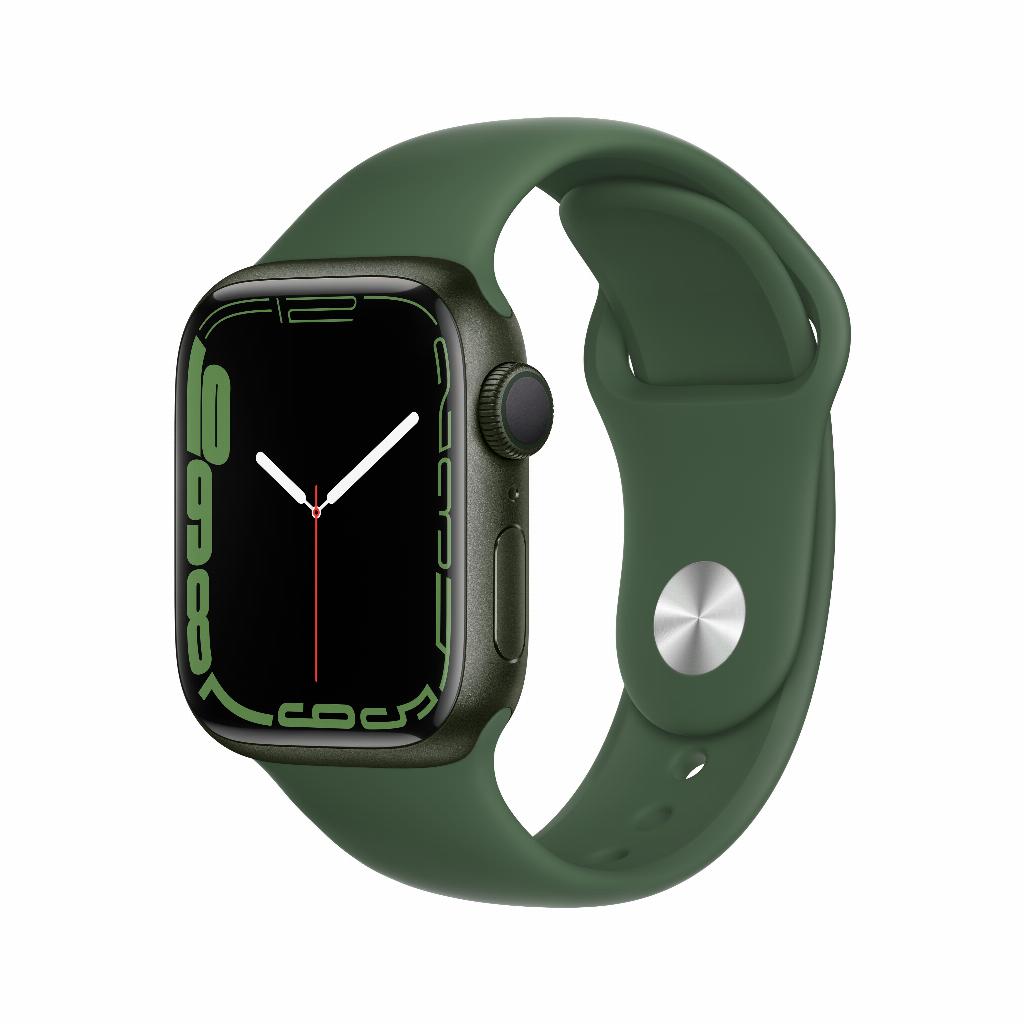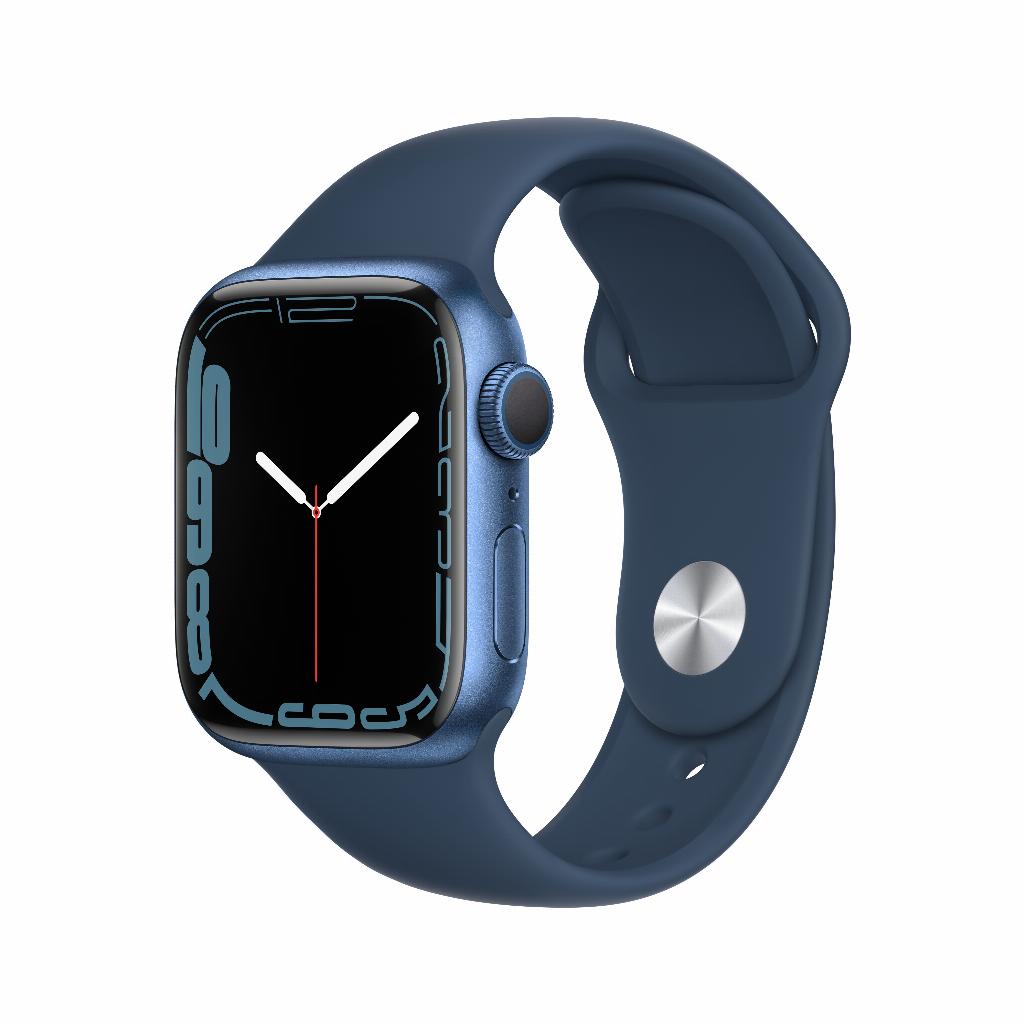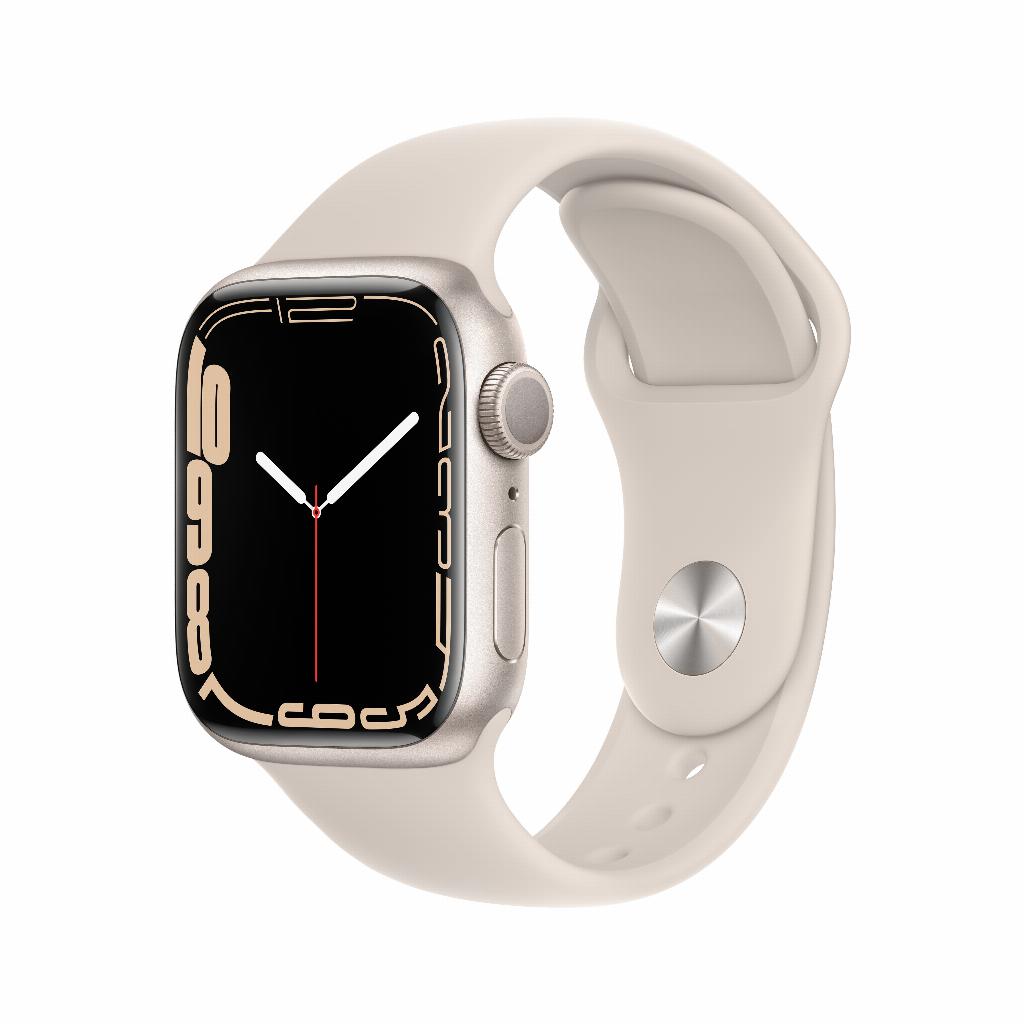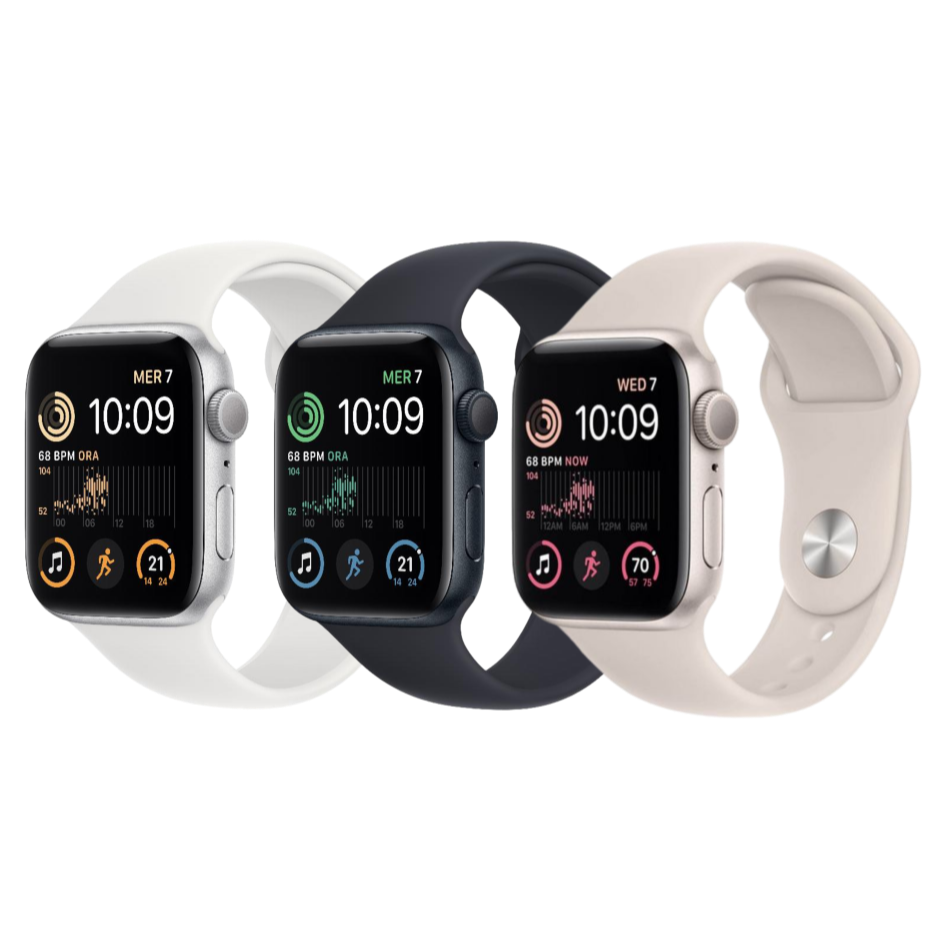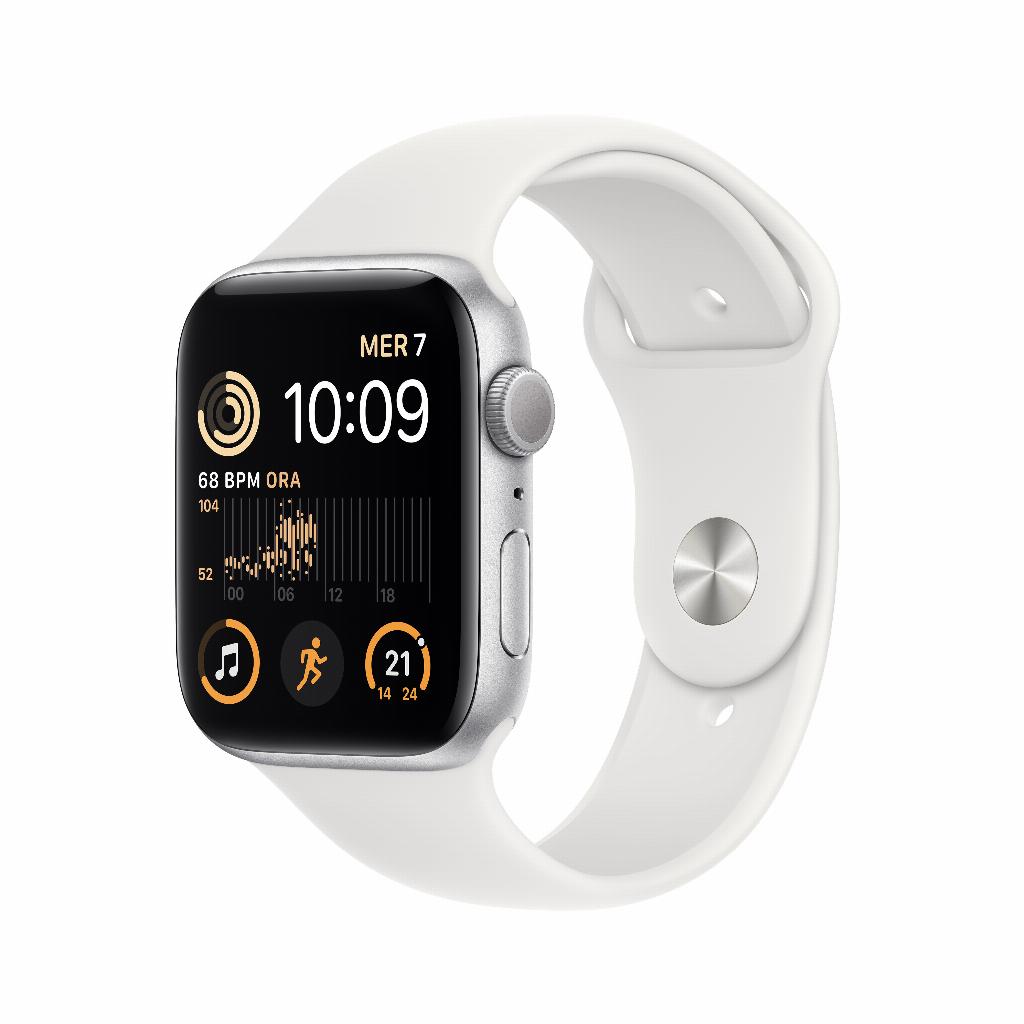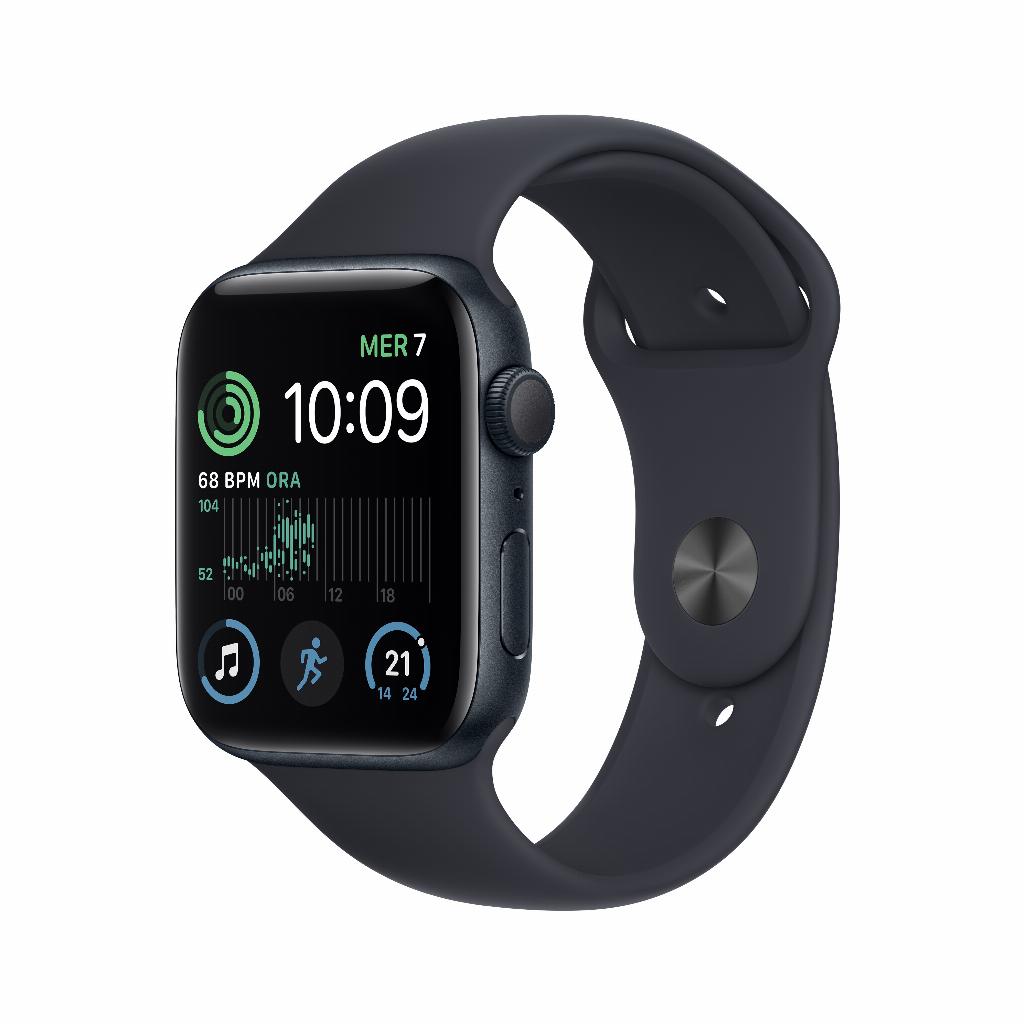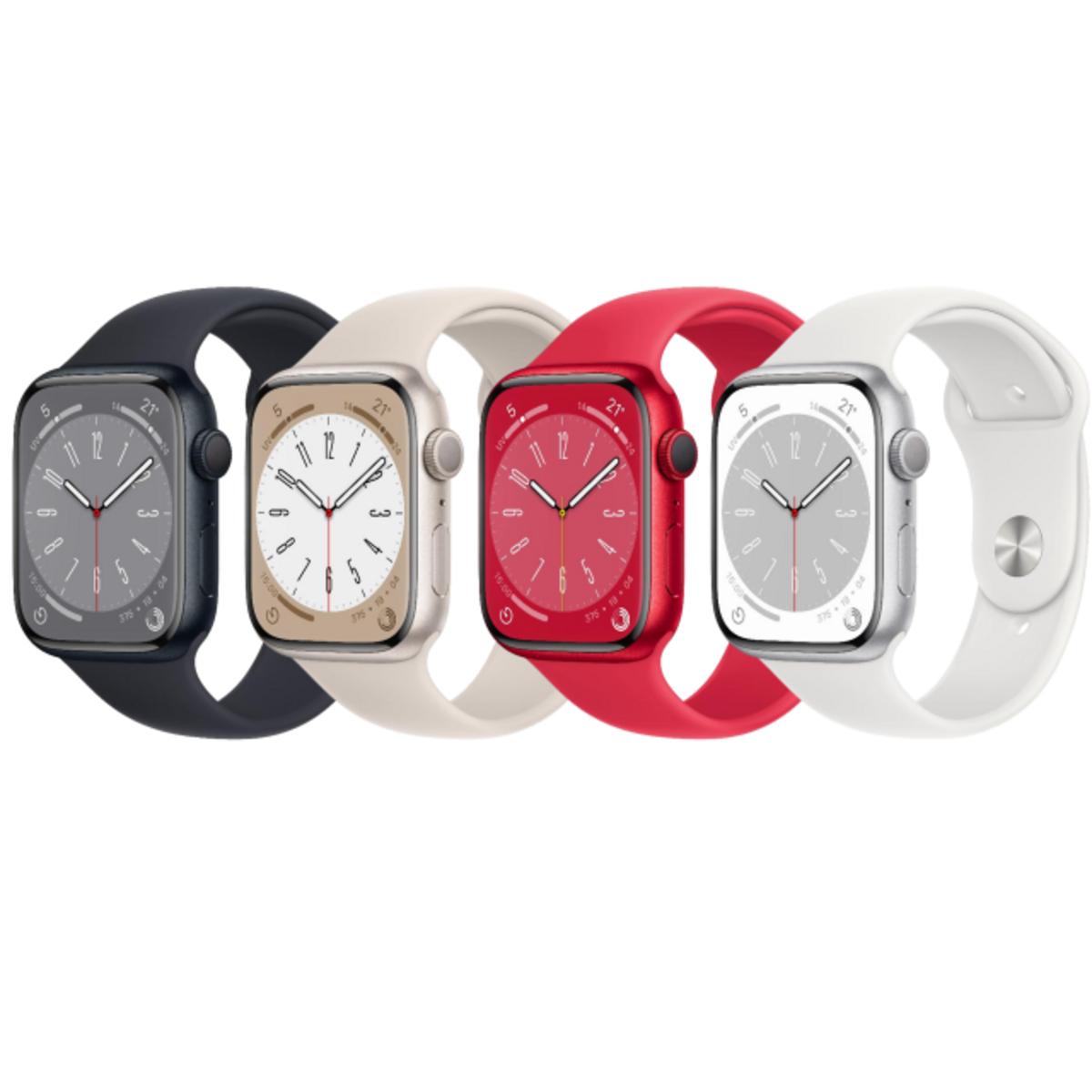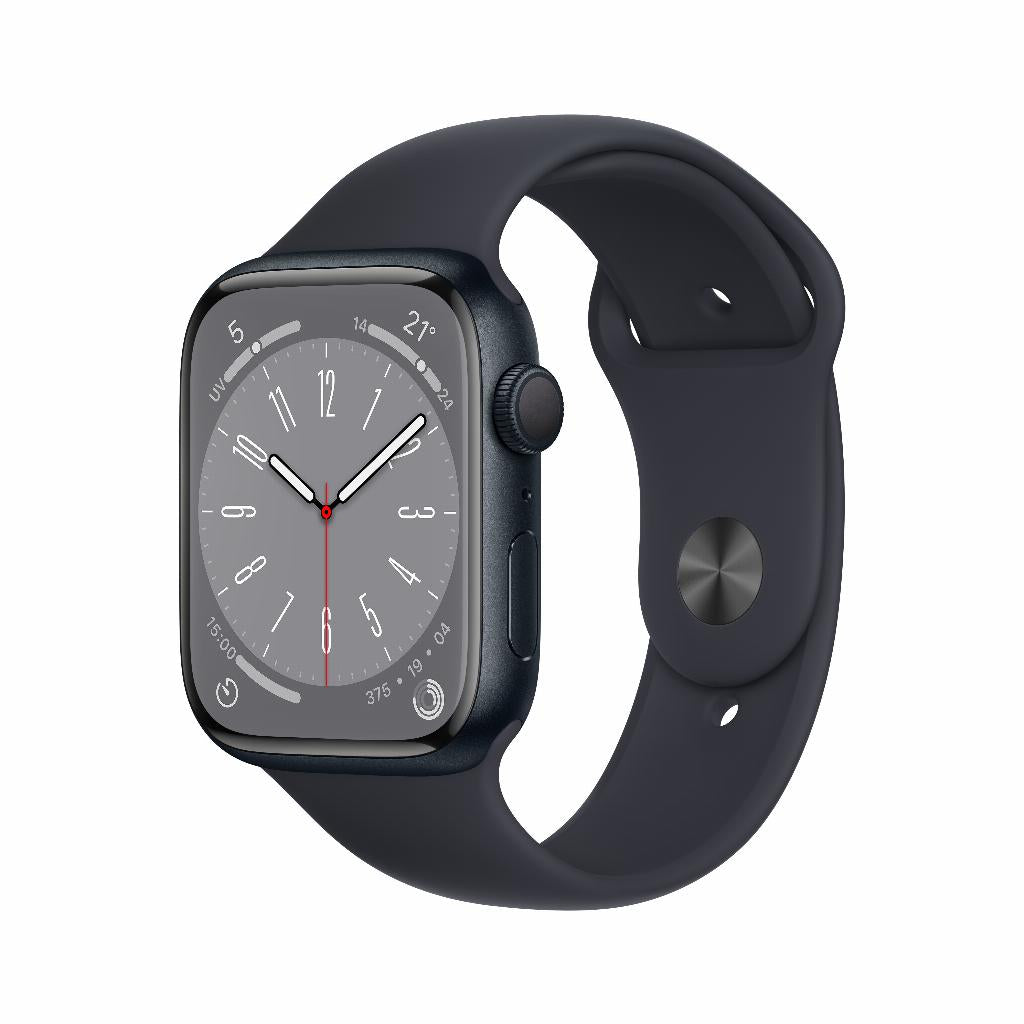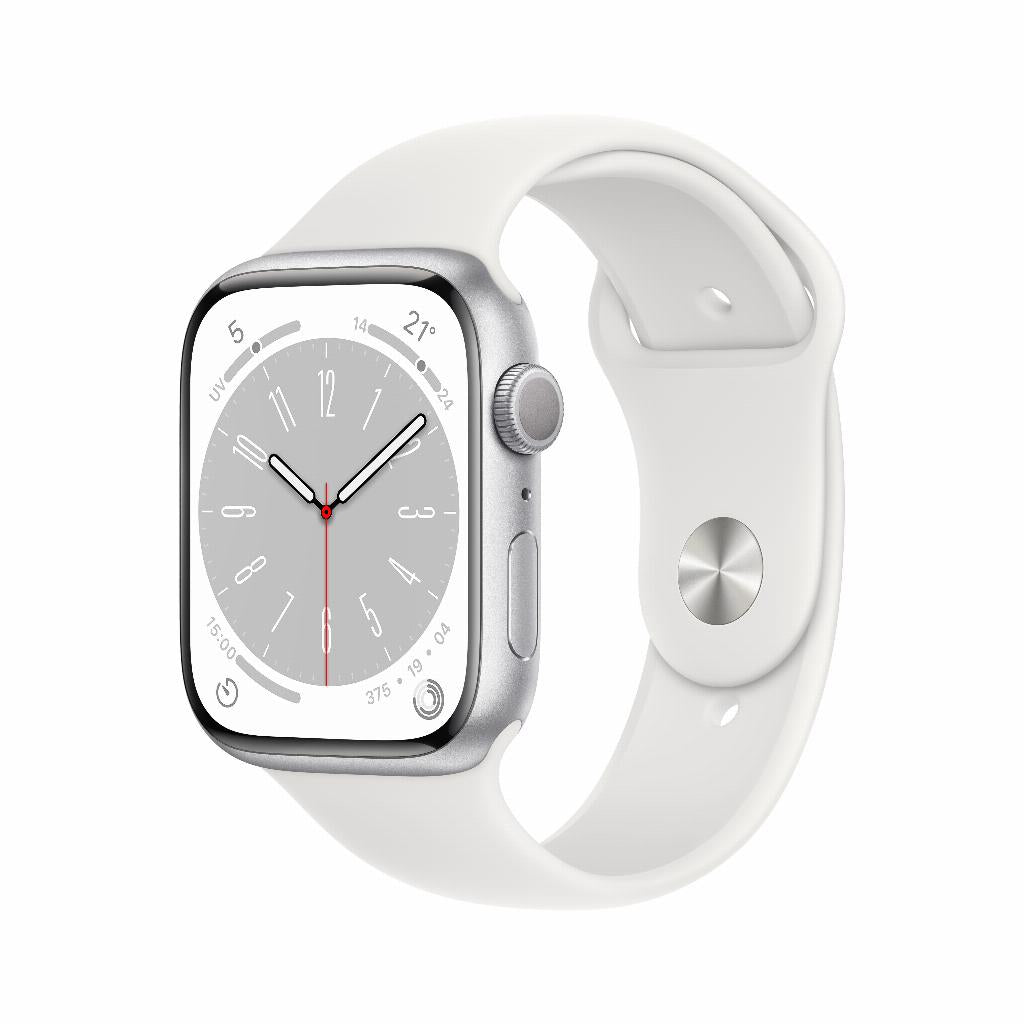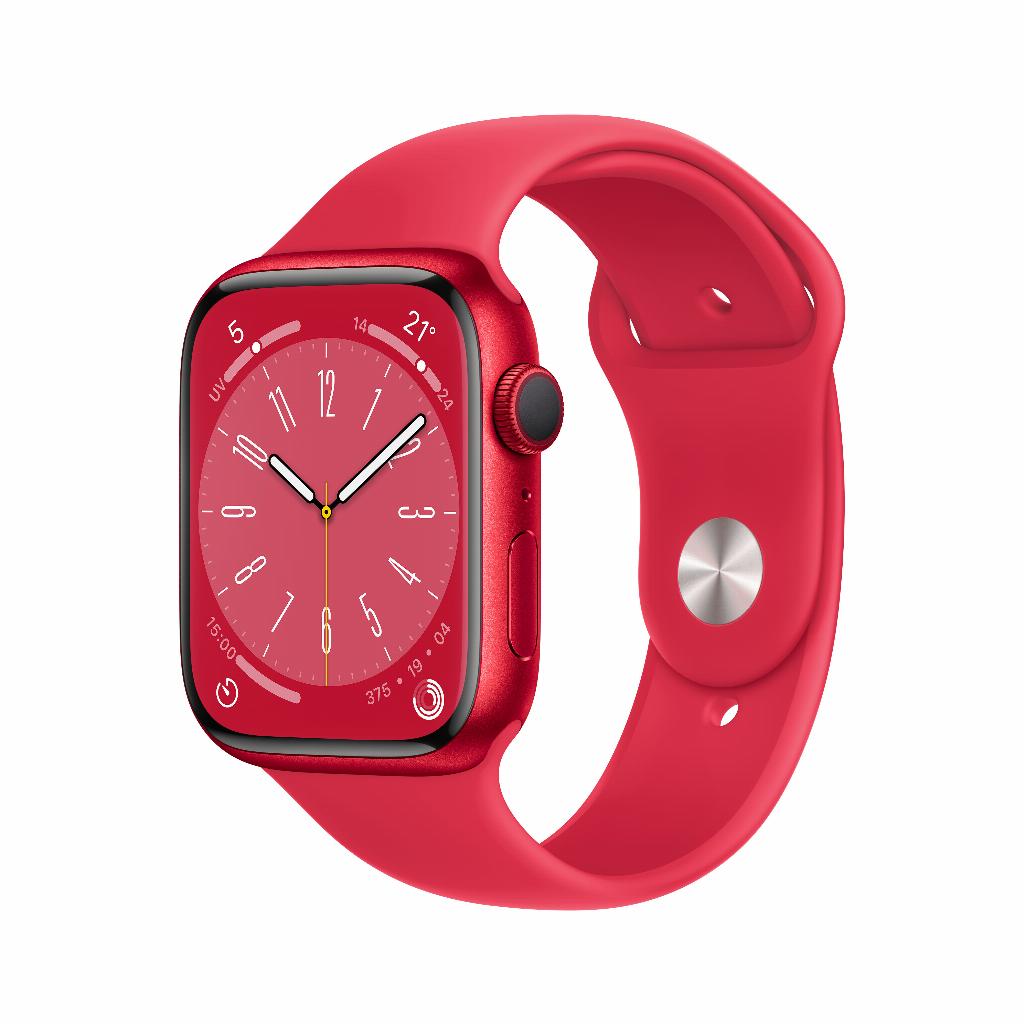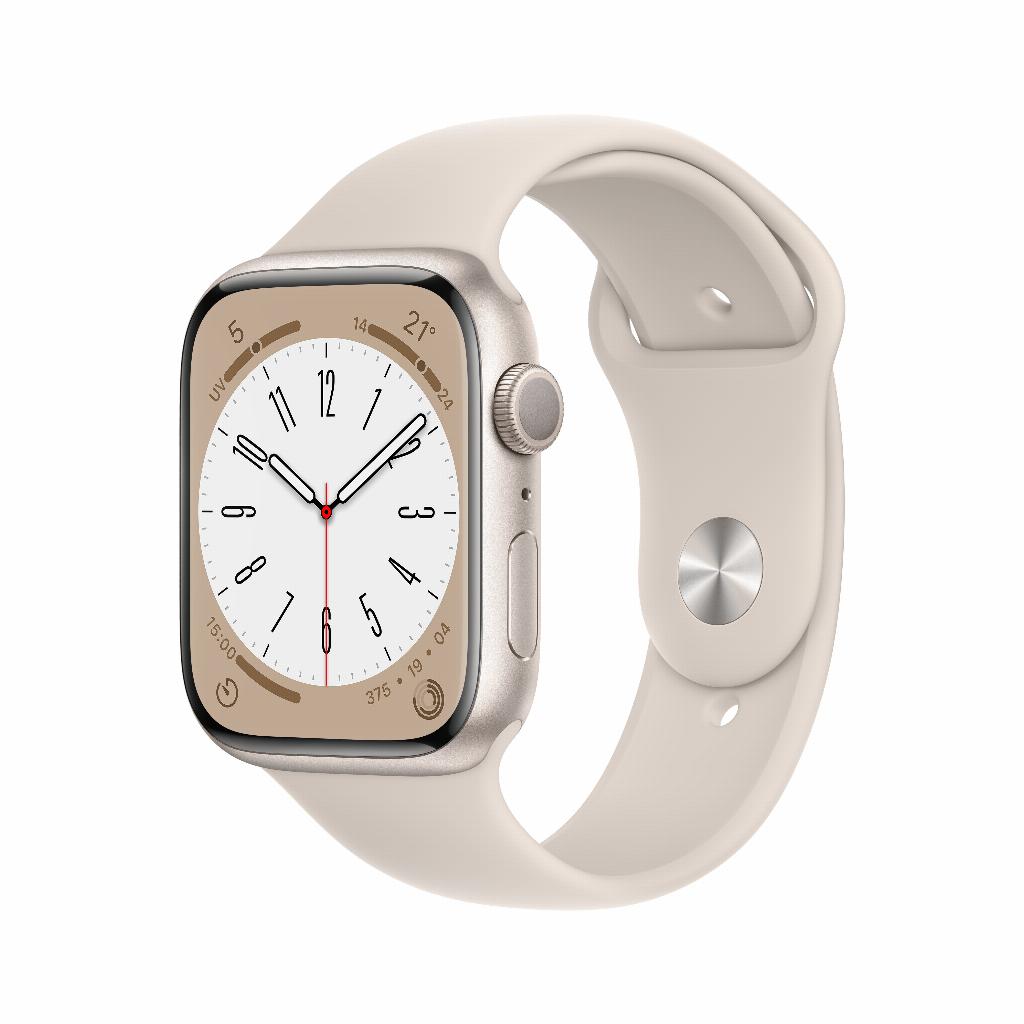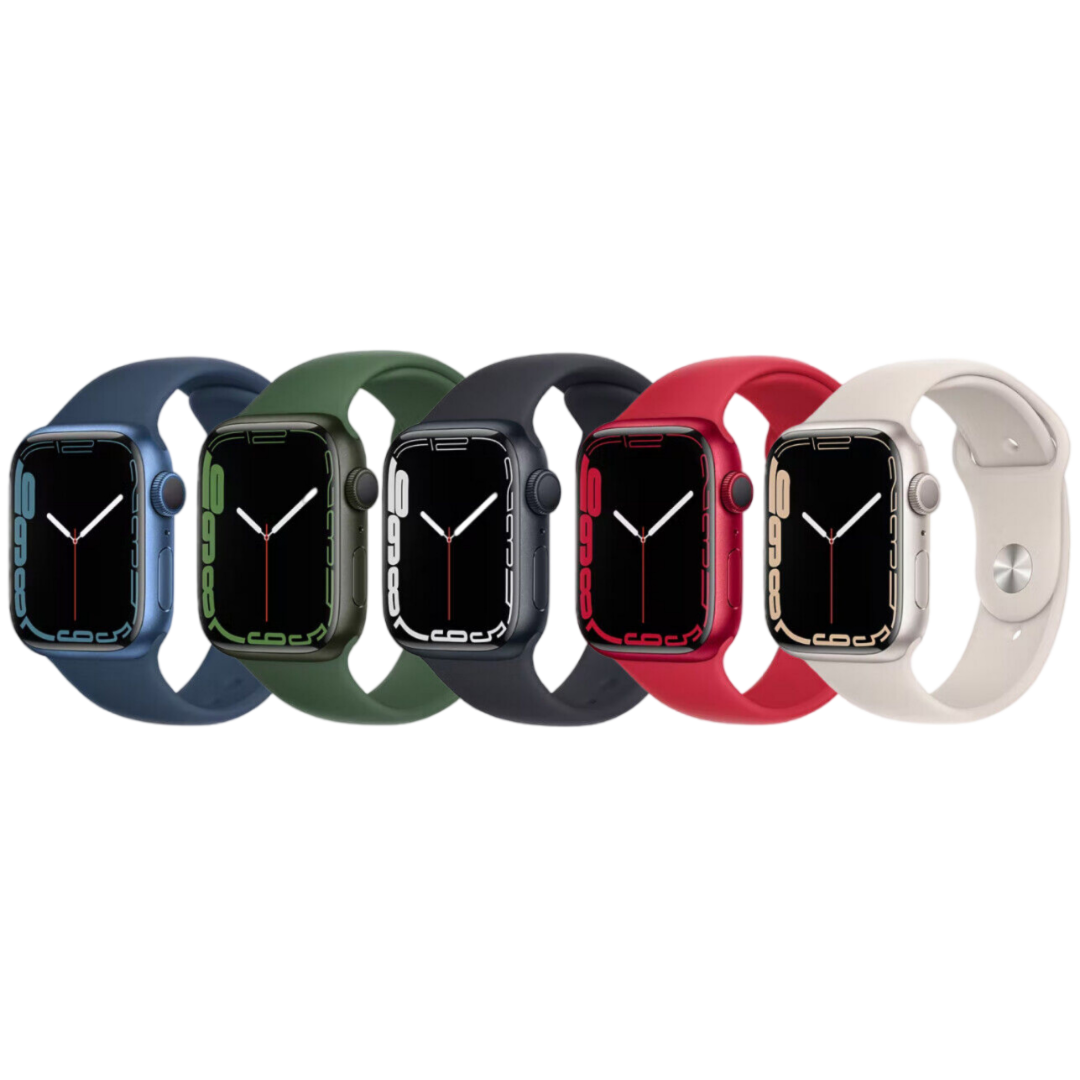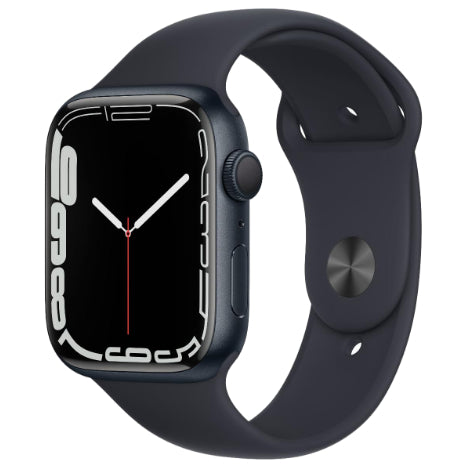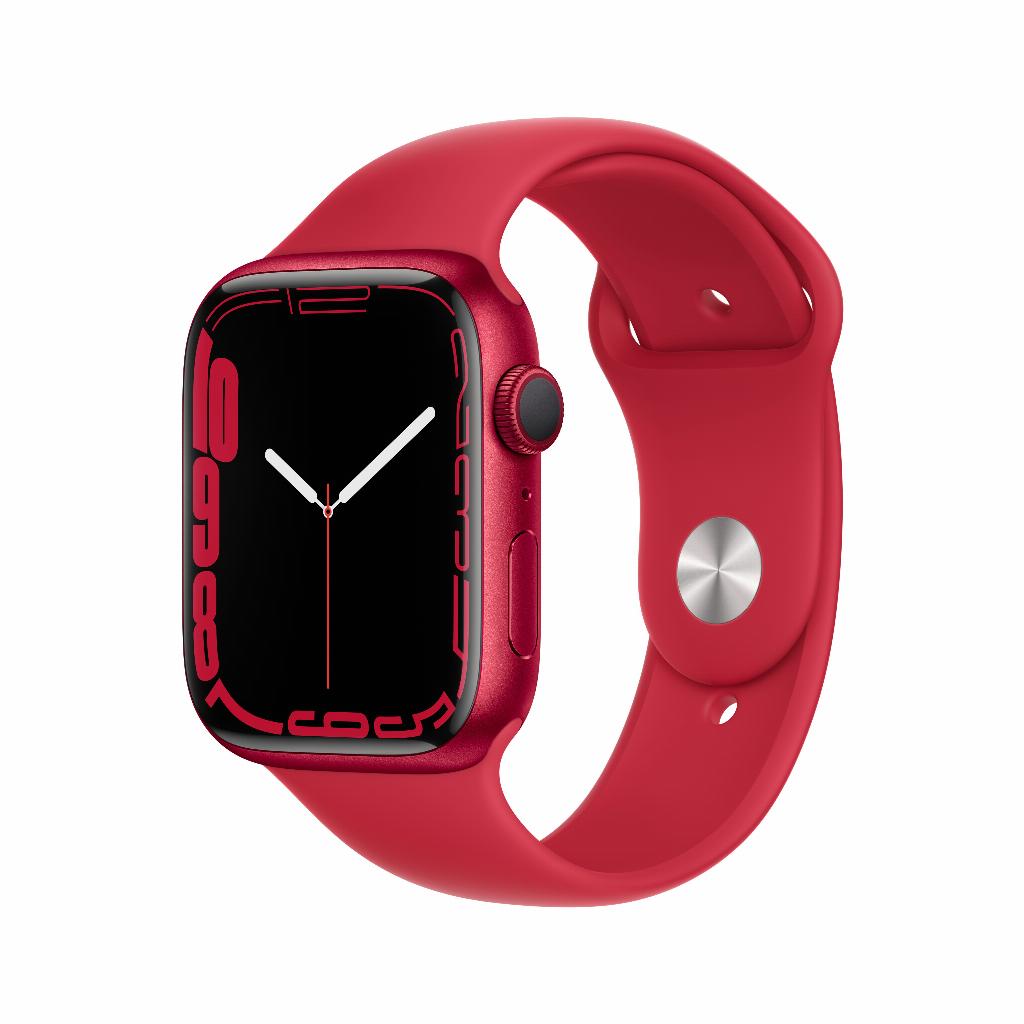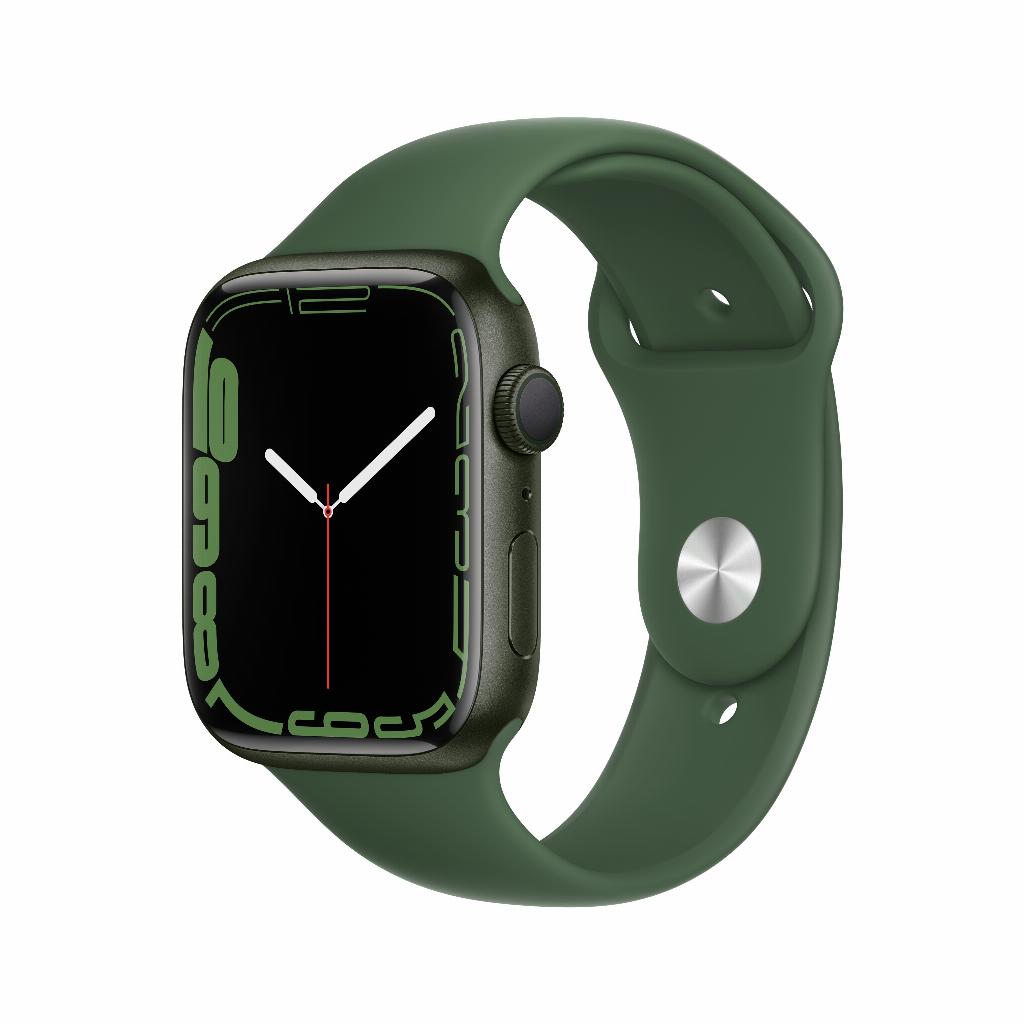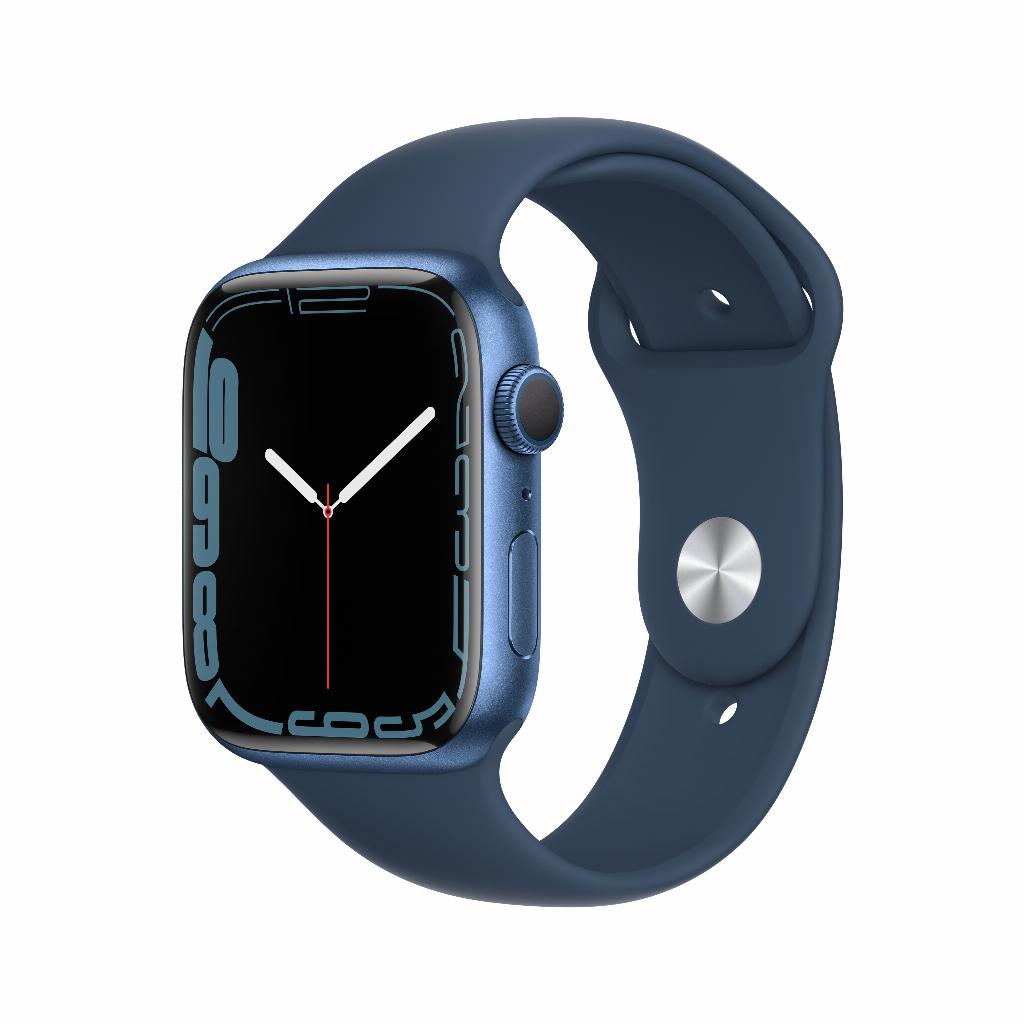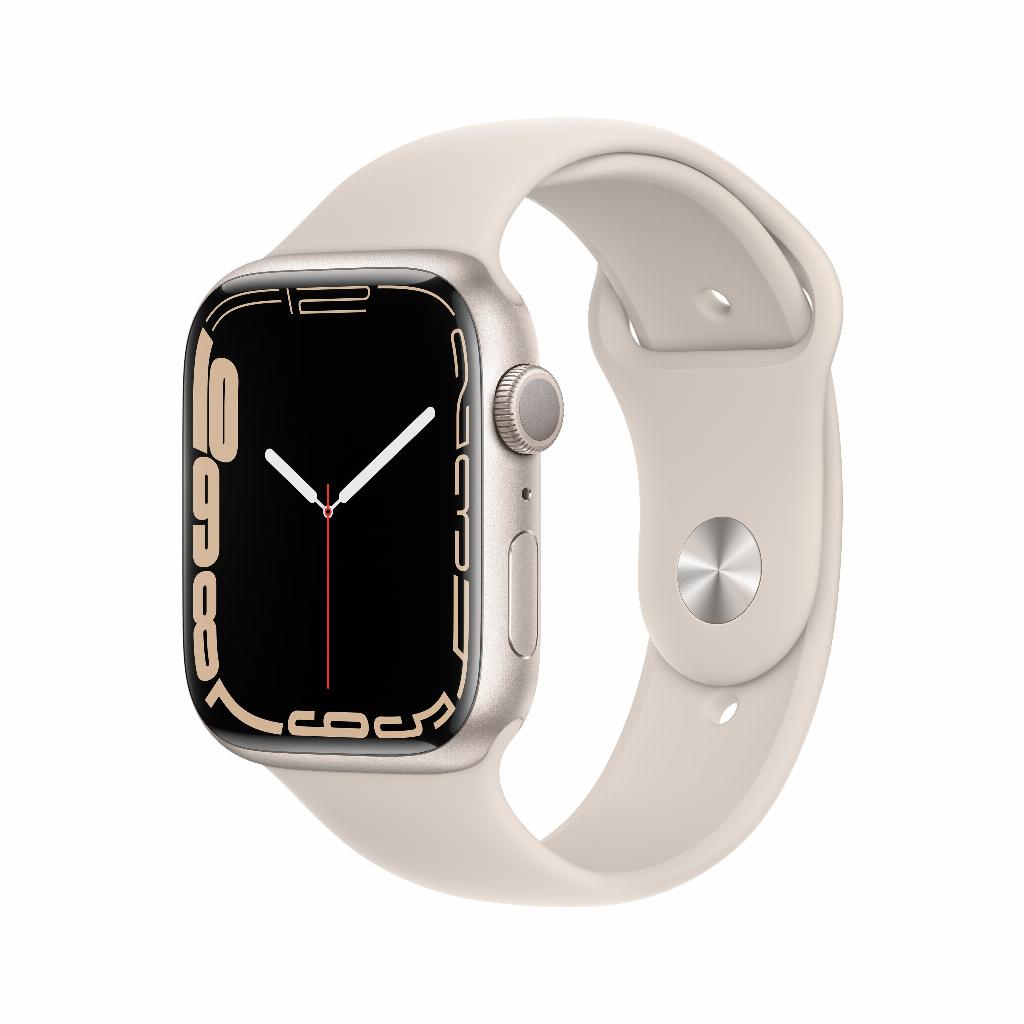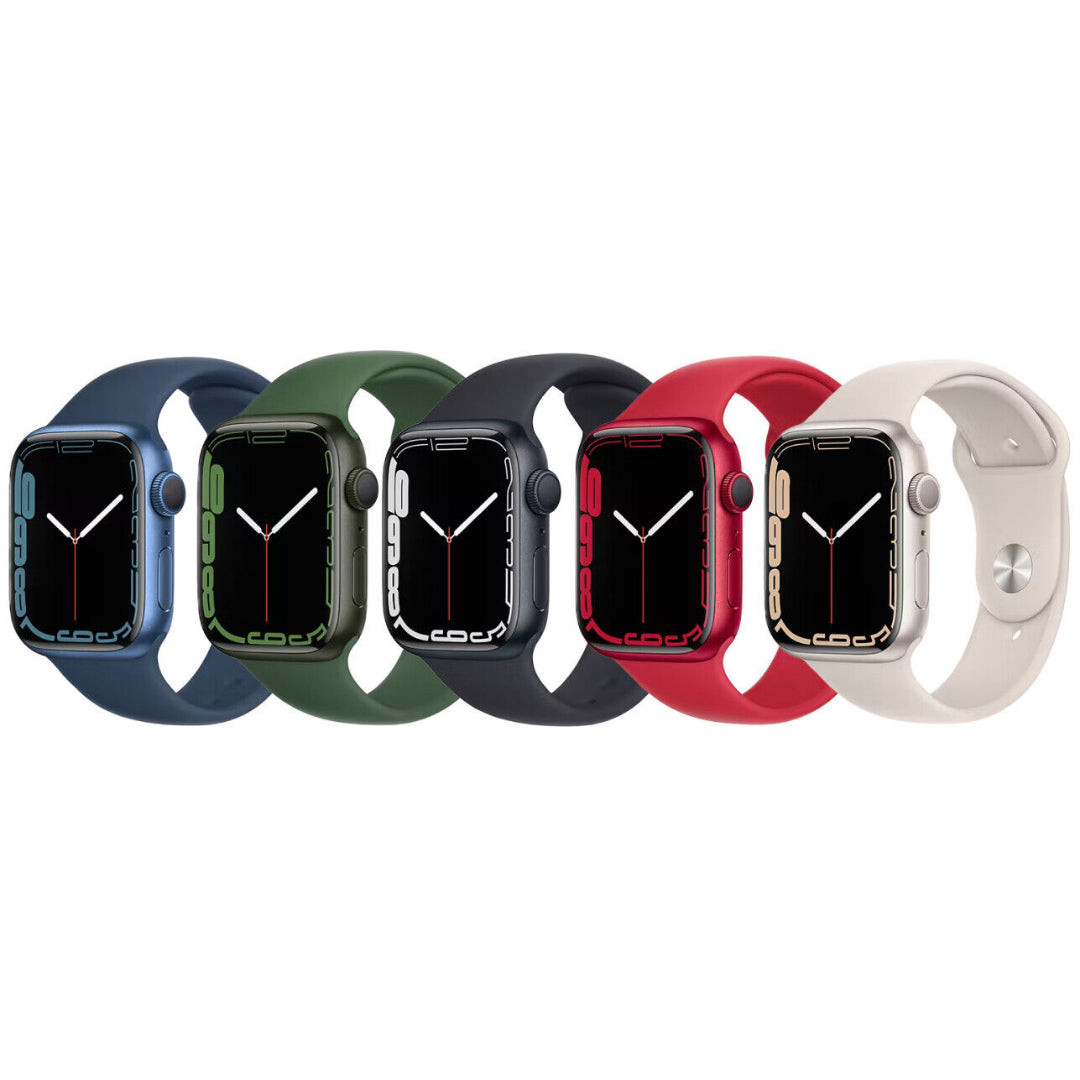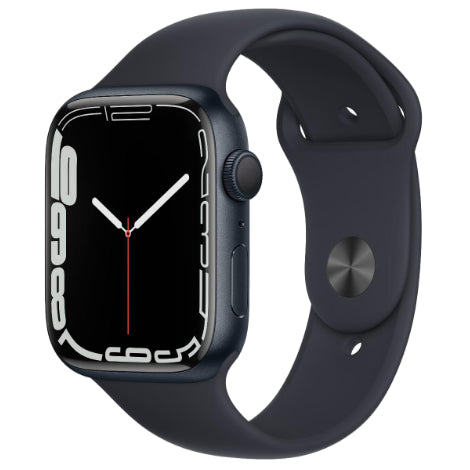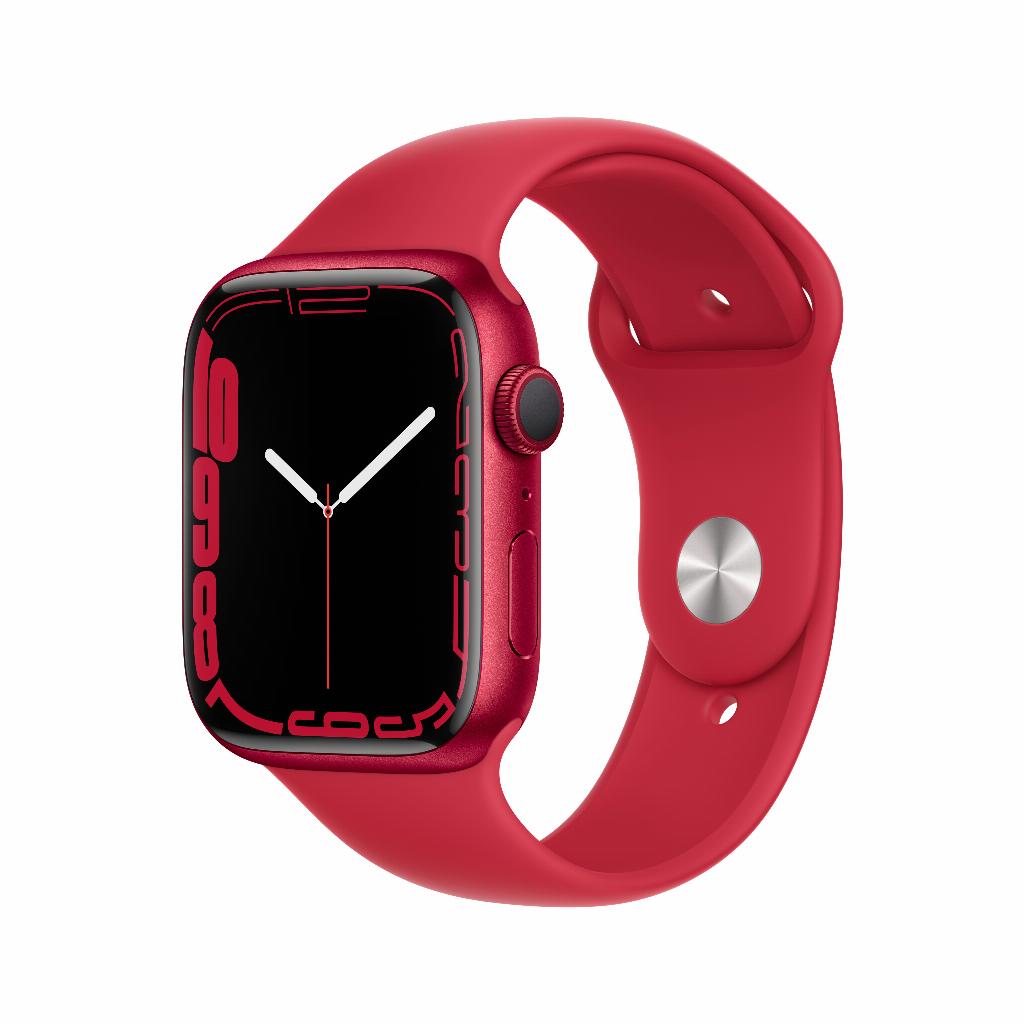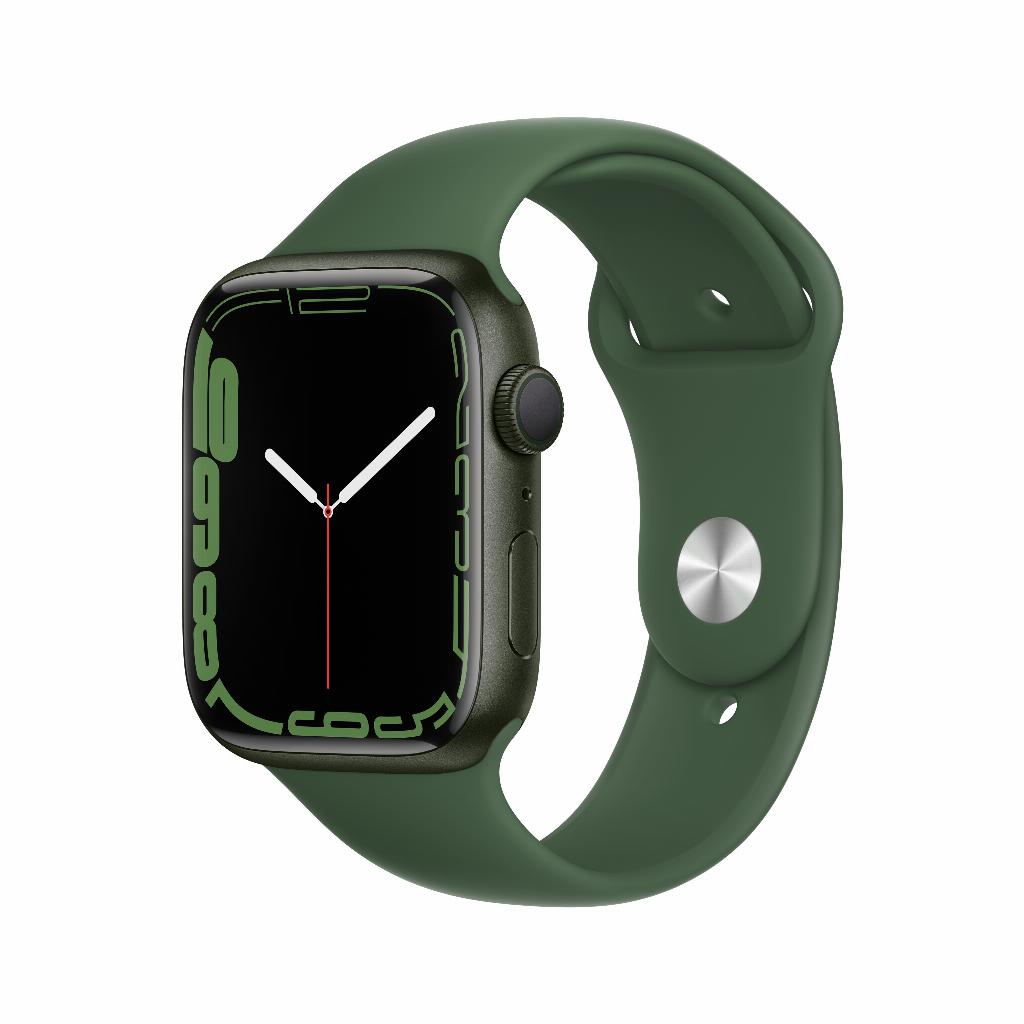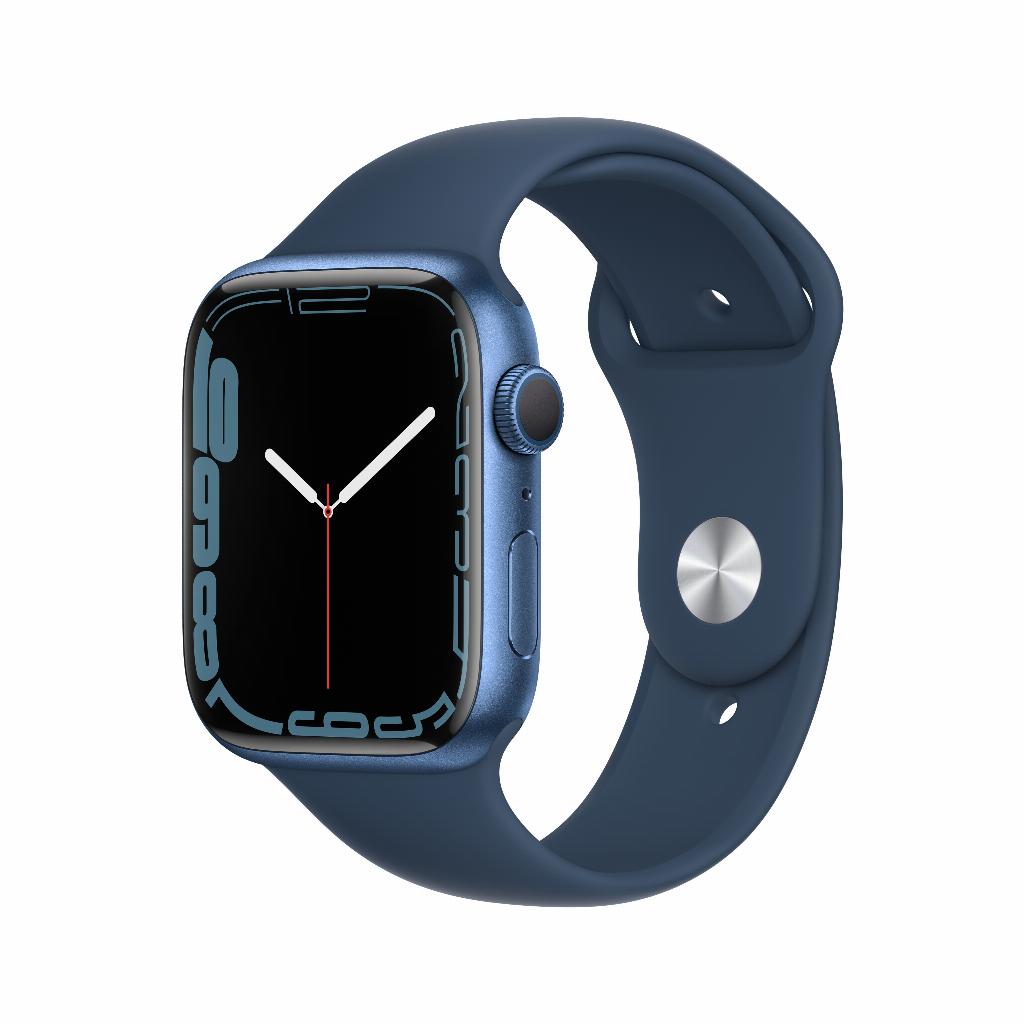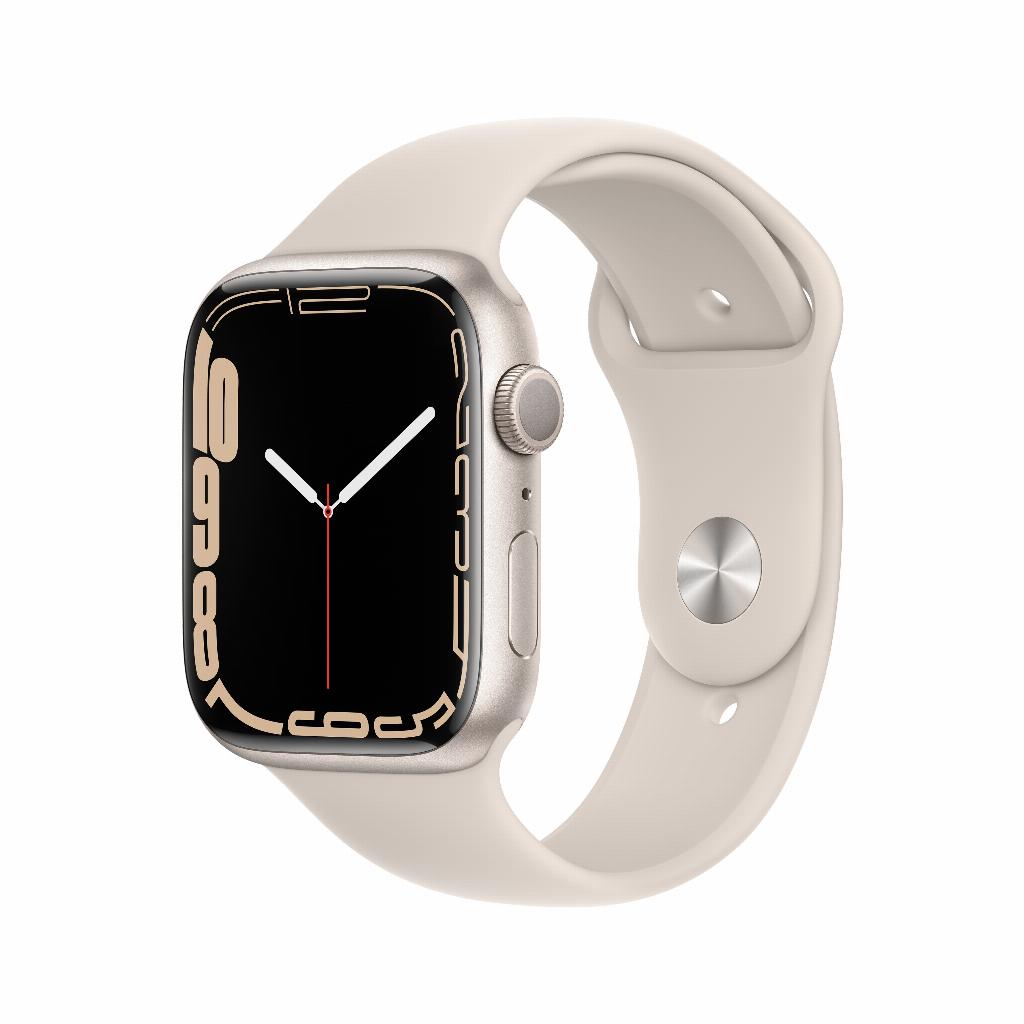Why Your Apple Watch Breaks (and How to Prevent It)
Your Apple Watch breaks. Not from drops or bumps, but from sweat, dirt, and soap. Repairs can easily cost two hundred euros. A new one? Even more expensive. Most people don't realize that their watch is slowly dying due to a buildup of debris in the sensors and ports.
But here's the funny thing: the very people who clean their Watch the most often are the ones who ruin it the fastest. They use the wrong cleaning products, too much water, or forget crucial areas. While the right cleaning technique can extend your Watch's lifespan for years – and save you hundreds of euros.
Just as good accessories protect your device, smart maintenance prevents expensive replacements. The difference? Five minutes a week and knowing what you're doing. Exactly what you're about to learn, including the trick even Apple salespeople don't know.
Useful links
Why the right cleaning method makes all the difference
Your Apple Watch collects sweat, skin oils, and soap residue daily. This buildup causes more damage than most people realize. Problems arise, especially around the heart rate sensor and in the small openings, starting with inaccurate readings and ending in total failure.
The paradox is that overzealous cleaning often does more harm than good. Water getting into the speaker openings, harsh cleaning agents damaging the coating, or overly hard brushes causing microscopic scratches—all well-intentioned actions that actually damage your watch faster.
The damage you don't see happening
Sweat contains salts and minerals that corrode metal components. These substances seep into the smallest cracks and damage contact points. Over time, you'll notice this as buttons that malfunction, a Digital Crown that no longer turns smoothly, or sensors that increasingly report errors.
Soap residue can be even more damaging. It forms an invisible layer that clogs sensors and reduces water resistance. This model gradually loses its waterproof properties, meaning even normal exposure to moisture can suddenly be fatal.
The Five-Minute Routine That Will Save Your Watch
An effective cleaning routine takes no more than five minutes a week. The secret lies in consistency and the right technique:
Step 1: Risk-free preparation
Turn off the device before you begin. Remove the strap first—this prevents dirt from transferring from the strap to the case during cleaning. Check the condition of the seals around the buttons; damaged rubbers require extra caution when dealing with moisture.
Step 2: Treating the housing
Use a barely damp microfiber cloth and wring it out until no more drops come out. Wipe systematically from top to bottom, not in circles. This prevents dirt from spreading. The back with the sensors requires extra attention: use a dry cotton swab for the green sensor openings.
Step 3: The Digital Crown and Side Button
These are the most vulnerable parts. Turn the Digital Crown while wiping it with a damp cloth. The sound should remain smooth; a grinding noise indicates deeper dirt. Never use toothpicks or other hard objects to remove dirt.
Bands require different approaches
Silicone sports bands can withstand a few knocks. Wash them with lukewarm water and mild soap, but rinse thoroughly. The leather alternative, on the other hand, is water-resistant – use only a dry cloth or a special leather cleaner.
Metal links collect dirt in the spaces between them. An old, soft-bristled toothbrush works well here, provided you brush dry. For stubborn dirt, you can lightly moisten the brush with isopropyl alcohol.
The trick even Apple employees don't know
Here's the best-kept secret: use Water Lock mode while cleaning. Activate it via the control panel (droplet icon). This prevents accidental touches and automatically activates the speaker cleaning function when you turn it off. The vibrations blow any water residue out of the speaker openings—exactly what you need after cleaning.
When professional help is needed
Some signs indicate damage you can't repair yourself. A haptic engine that no longer vibrates, pixels that fail, or a battery that drains within hours—these are signs that internal components are damaged. Don't keep messing around with a faulty device; the damage often spreads.
For these types of problems, replacement is often more cost-effective than repair. A refurbished model offers the same functionality at a fraction of the original price, comes with a warranty, and is professionally tested.
Prevention saves the most money
The best protection against damage is preventing dirt from accumulating. Don't wear your watch while showering—soap and shampoo are the biggest culprits. Wipe away sweat immediately after exercising, before it dries and forms crystals.
Change your watch band regularly. This gives both the band and your wrist time to breathe and prevents bacteria buildup. Store unused bands in a dry environment, not in the bathroom where humidity is high.
The investment that pays for itself
A properly maintained Apple Watch easily lasts five years. Compare that to the average two to three years with poor maintenance. The difference? Hundreds of euros in replacement costs saved by investing five minutes a week in maintenance.
This small effort translates not only into money, but also into reliability. A watch that consistently provides accurate readings, doesn't miss notifications, and still looks like new after years of use—that's the true value of proper maintenance.
Conclusion: five minutes of cleaning saves hundreds of euros
Letting your Apple Watch break due to lack of maintenance is a complete waste of money. With five minutes a week and the right technique—especially that Water Lock mode while cleaning—you can double the lifespan of your watch. That saves you hundreds of euros in repairs or replacements.
The difference between a Watch that malfunctions after two years and one that still works perfectly after five? Consistently following the simple steps you now know. For those who do need a replacement, a refurbished Apple Watch offers the same quality for less money.


